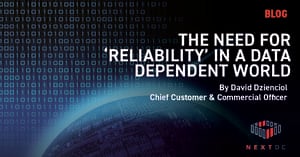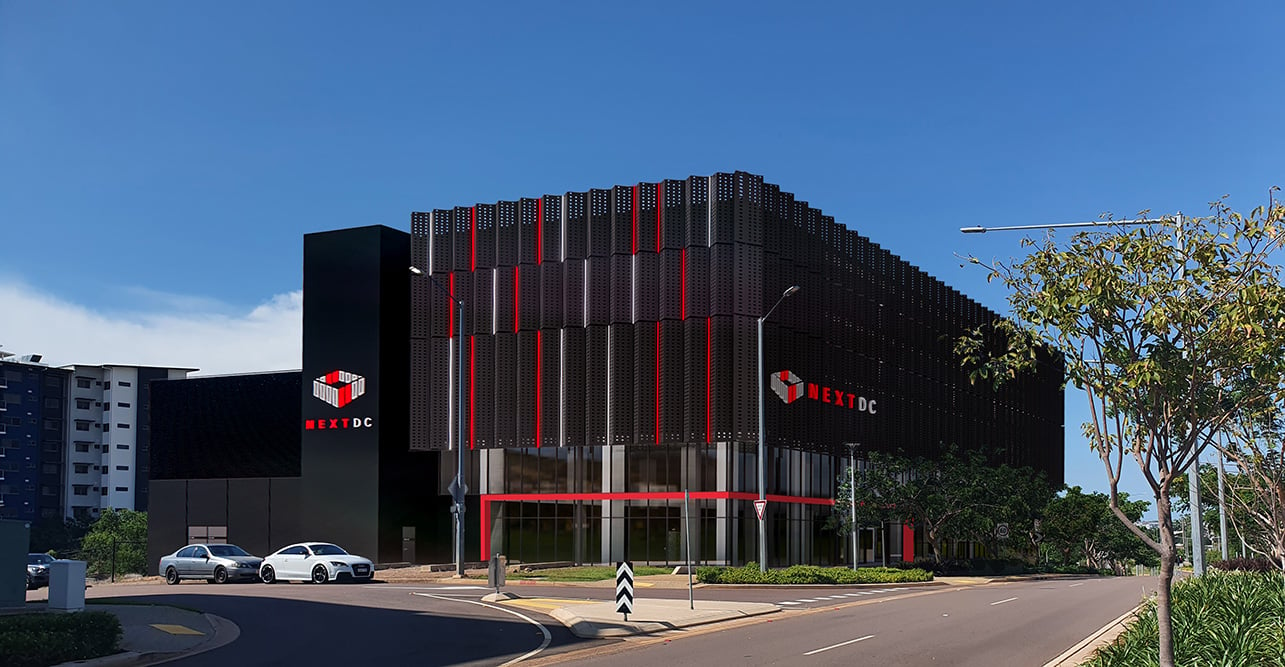By Adam Gardner, Head of Products
Recurring cycles of disruption across global markets and industries is a subtle hint that constant change is here to stay.
For business and IT leaders, it’s a timely reminder that digital infrastructure is core to meeting constantly changing business continuity risks.
Trials and tribulations
Change and challenge is everywhere and on the radars of most business leaders. Disruption is being led by:
- Evolving customer behaviour
- Increasingly complex interconnectivity
- Supply-chain interruption
- Heightened physical and cyber security threats
- Demands of virtual working
- Climate change and associated extreme weather events
Architecting infrastructure and networks for flexibility and agility is not negotiable. You have to be ready for anything because we are in a new paradigm where it is impossible to know what is going to happen next.
Are you ready?
Recent research conducted by 451 Research, found that colocation and ecosystem interconnection is a strategic business enabler. It underpins growth and is more than just a tactical play to manage immediate business needs. It’s also the right move to manage times of disruption and volatility.
Agility is the new black, and these days the best-laid strategic plans make allowances for turbulence. The ability to pivot and adapt to sudden change and capitalise on emerging opportunities has become a highly strategic manoeuvre in itself.
While no-one can foresee the future, you can and should develop the right IT environment to cope with and respond to both expected and unexpected change.
Meeting unexpected demand
Hybrid IT which embraces colocation stimulates the ability to keep moving forward in the face of disruption. Never was this more evident than in the early days of the pandemic, when IT departments with heavy on-premise reliance were faced with three challenges;
- Stay-at-home mandates meant physical access to equipment by IT staff was restricted.
- Limited flexibility in the on-premise environment left organisations struggling to meet sudden staff and/or consumer demand for IT services
- The proliferation and reliance on digital platforms to interact and forge a new way of doing business put immense strain on existing networking and connectivity infrastructure.
Research conducted in 2021 suggests:
- Delivering agility to cope with accelerated change is a key IT priority for 30% of organisations
- Most believe factors such as extended work-from-home policies (89%), remotely managed operations (73%) and virtual business practices (67%) are here to stay
While some adapted via urgent shifts to a colocated environment, those already in colocation grabbed advantage with instant access to interconnection options and immediate ramp up of cloud connectivity and scalable capacity.
This was largely thanks to software-defined networking (SDN) functionality. This allowed colocation tenants to use self-service portals to activate new virtual connections themselves at the bandwidth required, and on a pay-as-you-go basis.
Colocated environments enable direct access to anyone else in the ecosystem, plus a raft of disaster recovery planning through metropolitan interconnects. Notably, SDN adds another powerful weapon to the armoury, enabling holistic approaches with fit-for-purpose options for secure, resilient and high-performance networking capability.
Bursting as required
As Mark Naidoo, the Head of IT Architecture at Chemist Warehouse – one of Australia’s fastest growing retailers – describes it:
“Flexible cloud access from within colocation gives us agile ability to seamlessly scale up during peak times, such as sales or when we have a lot of staff working from home. When we want a lot of web servers, we’ll pay for that as-a-service – and then we can roll it back as activity slows.
“It’s all about taking the component of your business that’s consistent and running it in colocation, then ‘bursting’ into cloud as required.
“Rapid network expansion and scaling is very hard to manage at short notice in an on-premise data centre – you need a long lead time, and you’re limited by bandwidth, latency and the resilience of your infrastructure. With colocation it’s so much quicker, as well as being more cost-effective.”
Security – the ticking time bomb
Meanwhile, new research from 451 analysts found that security continues to be a leading IT concern in 34% of Australian organisations. The disruption and destruction of a security event is undisputed.
What is surprising is that some organisations are still shying away from colocation because of “security concerns”. Today’s world-class colocation environments offer the most advanced security protocols available – including biometrics and anti-clone access cards. Throw in round-the-clock surveillance and personnel on-site and you have a posture most organisations would have trouble matching in private data centres.
What’s more, to manage cyber security concerns, NEXTDC’s infrastructure platform offers private, direct connectivity to various destinations, including public clouds. They also offer security as a managed service run by specialised staff.
Conclusion
Living in uncertain times is no longer an excuse for being underprepared. Rather than wait for the next major disruption, Reach out to our team experts now to rethink your IT architecture and consider how colocation can help you deal with the unexpected.
%20(3).png)

